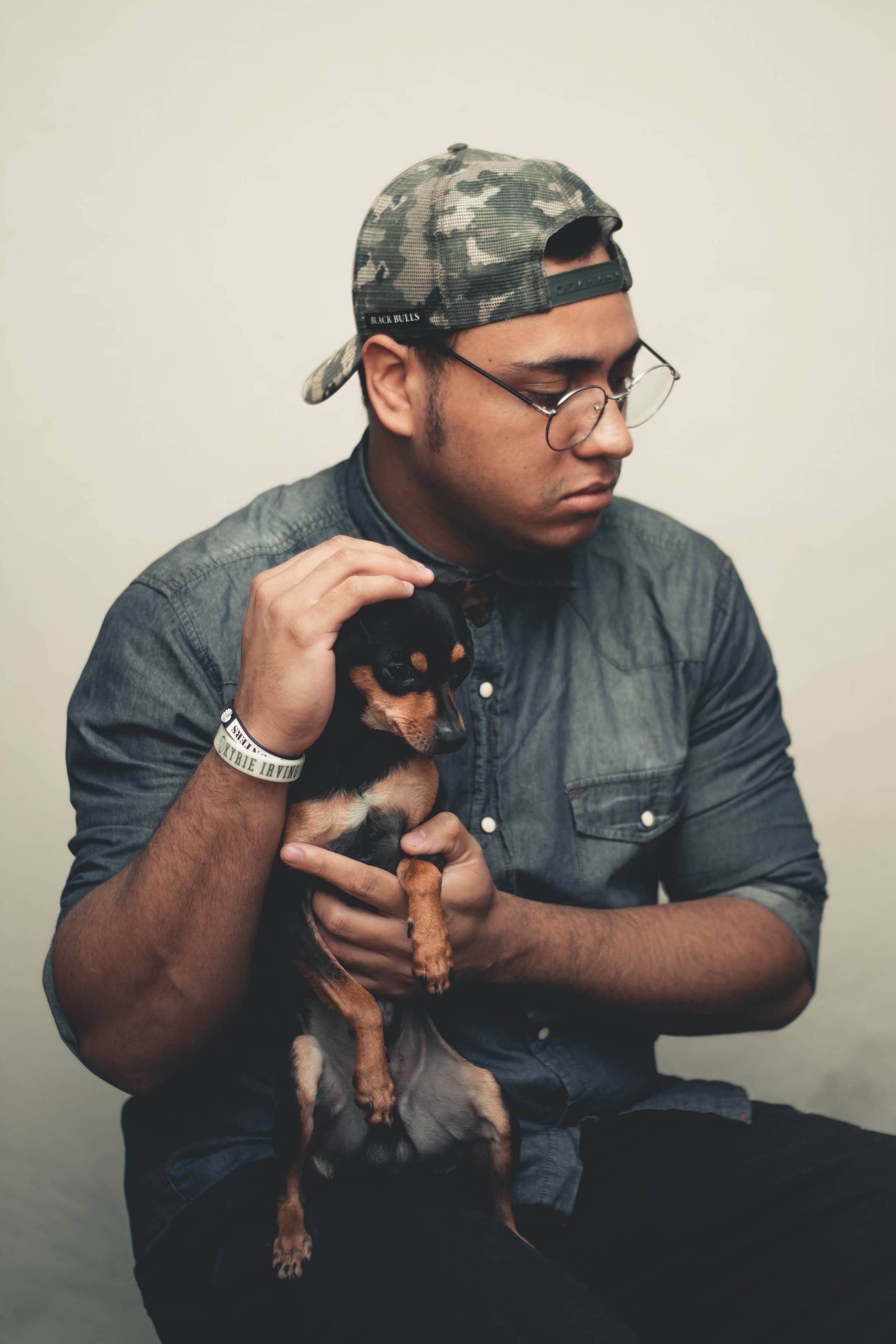Many dog owners have encountered the unsettling moment when their pet suddenly makes a strange snorting or honking sound. This phenomenon, known as reverse sneezing, can be alarming but is usually harmless. Recognizing the reasons behind reverse sneezing can ease concerns and help maintain your dog’s health.
What Is Reverse Sneezing?
Reverse sneezing happens when a dog rapidly inhales air through its nose, resulting in a series of loud, snorting sounds. This behavior is often mistaken for choking or respiratory problems, which understandably worries pet owners. However, reverse sneezing is quite common among dogs and is typically not a cause for alarm.
Causes of Reverse Sneezing
Several factors can lead to reverse sneezing. One of the most frequent triggers is irritation in the throat or nasal passages. Allergens like pollen, dust, and smoke can provoke this reaction as the dog’s body attempts to clear the airway.
Excitement or anxiety can also play a role. Some dogs may reverse sneeze when they are overly excited or stressed, such as during playtime or when greeting someone they haven’t seen for a while. A sudden rush of adrenaline can lead to hyperventilation, resulting in reverse sneezing.
Certain breeds, particularly those with short snouts, such as pugs and bulldogs, may experience reverse sneezing more often due to their unique anatomy, which can make them more sensitive in the airway region.
When to Seek Veterinary Advice
If reverse sneezing occurs frequently, it may indicate an underlying issue such as nasal mites or other respiratory concerns. Observing your dog’s overall health is essential. A significant increase in episodes or signs of distress warrant a visit to the veterinarian for further evaluation.
Managing Reverse Sneezing Episodes
While reverse sneezing is generally harmless, there are ways to help your dog during an episode. Gently massaging your dog’s throat can sometimes calm them and stop the reverse sneeze. Alternatively, distracting your dog with a treat or engaging them in another activity may also help.
Creating an environment that minimizes allergens is beneficial. Keeping your home clean and reducing exposure to dust or smoke can decrease the likelihood of reverse sneezing. If your dog suffers from allergies, a veterinarian may suggest antihistamines or other medications to alleviate symptoms.
Observing Your Dog’s Behavior
Recognizing reverse sneezing as a benign behavior allows pet owners to remain calm and provide comfort. Most dogs will outgrow the frequency of reverse sneezing as they age, especially if it relates to anxiety or excitement.
When your dog reverse sneezes, take a moment to assess the situation. Are they showing signs of distress? Can they breathe normally afterward? If your dog quickly recovers and resumes their usual behavior, there is likely no cause for concern. However, if reverse sneezing is accompanied by other symptoms such as coughing, gagging, or difficulty breathing, seeking veterinary attention is crucial.
Distinguishing Between Reverse Sneezing and Other Issues
Sometimes, dog owners may confuse reverse sneezing with other respiratory problems, particularly when their dog appears to snort as if they can’t breathe. If difficulty breathing is present, consulting a veterinarian is essential for a thorough evaluation.
Creating a supportive environment can help reduce stress and anxiety, potentially minimizing reverse sneezing episodes. Regular exercise, mental stimulation, and quality time spent together can foster a sense of calm for your pet, leading to fewer instances of reverse sneezing, especially in easily excitable dogs.
Keeping Track of Reverse Sneezing Episodes
If reverse sneezing occurs frequently, consider keeping a record of episodes. Noting the time of day, environment, and potential triggers can provide valuable information for your veterinarian. This data can help them better understand your dog’s situation and recommend appropriate treatments if necessary.
Caring for your dog involves regular veterinary check-ups and staying informed about their behaviors. If reverse sneezing becomes a recurring issue, your veterinarian can help determine the root cause and suggest effective solutions. Addressing underlying issues, whether allergies, anxiety, or physical traits, can lead to a more comfortable life for your furry friend.
Empowering Pet Owners
Understanding the causes of reverse sneezing helps pet owners feel more confident and knowledgeable. This insight fosters a bond of trust between you and your dog, allowing you to respond effectively when they need your support.
Worries about unusual behaviors are natural for pet owners. By learning about reverse sneezing, you can approach these moments with calm and reassurance. Your dog’s health and happiness are a priority, and being informed is an essential aspect of responsible pet ownership.
Reverse sneezing is just one of the many unique behaviors that make dogs special. Embracing these moments with patience and understanding enhances the bond between you and your furry companion. When your dog starts reverse sneezing, take a deep breath and remember that it’s simply a part of their charming personality.



